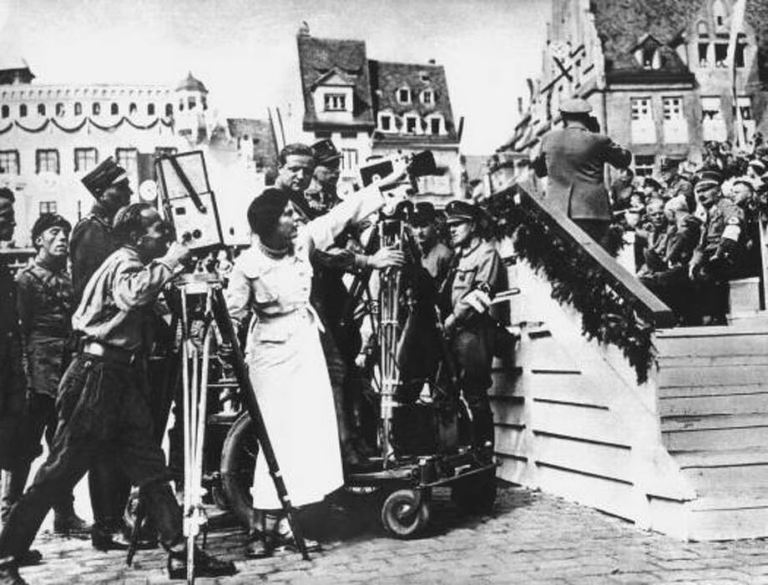Mati Diop’s Dahomey is a stirring and thought-provoking cinematic experience that delves into the colonial legacy of Africa through the lens of 26 royal artifacts from the Kingdom of Dahomey, now modern-day Benin. By dramatizing the journey of these treasures—from their sacred origin in Dahomey to their forced exile in a French museum—the film unpacks the painful complexities of cultural theft, colonial exploitation, and the enduring struggle for restitution.
The Kingdom of Dahomey, a powerful precolonial West African state, was a society rich in culture, history, and artistry. Its royal treasures were imbued with profound cultural and spiritual significance, representing the kingdom’s identity, achievements, and traditions. These artifacts ranged from intricately carved ceremonial scepters and regal thrones to vibrant tapestries and meticulously crafted bronze and gold statues. They embodied the creative genius and spiritual depth of the Dahomey people, serving as a testament to their place in a broader global history.
The brutal colonization of Africa by European powers, particularly during the late 19th century, saw the systematic looting of such cultural artifacts. During colonial campaigns, notably by the French military, treasures of immeasurable historical value were forcibly taken, stripped from their original context, and transported to European museums. There, they were displayed as spoils of imperial conquest, often devoid of the dignity and stories that gave them meaning. These acts were more than cultural erasure; they were deliberate efforts to undermine African sovereignty and pride.
In Dahomey, Diop masterfully reimagines these moments of plunder, highlighting not just the violent removal but the cultural and spiritual loss it inflicted upon Dahomey’s people. The film contrasts the vibrant life and rituals surrounding the artifacts in their homeland with the cold, sterile environment of European museum displays. Diop also explores the moral contradictions of these institutions that claim to “preserve” art while withholding it from its rightful owners.















